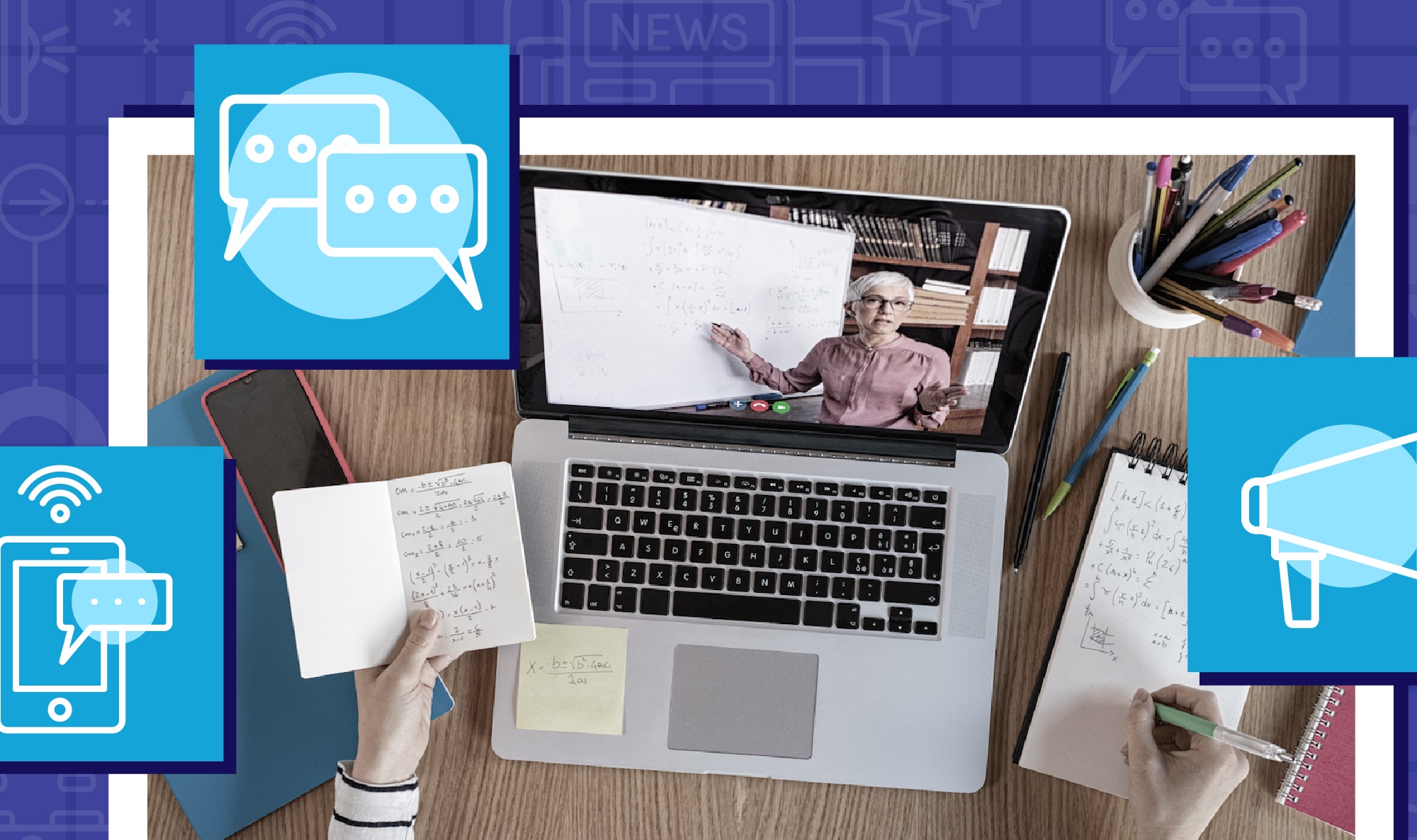
Feedback has always been important to making an individual or a team ‘better’. The annual appraisal at work, the half- time pep-talk to the sports team, and of course, in school via the ongoing marking & reports process. Without doubt, face- to-face is the preferred, more personal way of doing it, but with the COVID pandemic and the natural move towards more online learning, times are changing.
Arguably, under the current pandemic conditions, giving regular feedback to students learning online is even more important. Anxiety levels may be higher with the unusual circumstances we all find ourselves in, so how can meaningful feedback be provided in an effective and beneficial way?
Make it bespoke
Generic comments are unhelpful to meet a specific end. Each student is an individual, and warrants (and wants) feedback meant for them. Personalising feedback heightens the relevancy and genuinely will make them feel that the comments given have been carefully considered with them in mind. Superficial feedback can lead to a demotivation to study. “You’re doing well”, or “You need to try harder” are not focused on anything specific, so don’t leave room for interpretation. Specify what is good and what needs more attention.
Importantly, wherever possible, keep positive feedback balanced with negative feedback.
Achievable expectations
At the end of each feedback session, it’s important to ensure that all parties are agreed and understanding of the feedback that’s been discussed. It helps to set expectations for next time. Provide realistic advice on aspects for improvement, and encouragement to hone the elements that are being done well.
Consistent & on-going
People like consistency, it helps set expectations and creates a certain level of preparedness. Setting a fixed time of day, or day of week where students can expect feedback helps to formalise the process and provides peace-of-mind that feedback is always going to be given. Students are used to finding time with you in school, impromptu and ad-hoc, which can be reassuring, but when that option isn’t available, knowing feedback or a 1-to-1 opportunity is still there, will help.
Creative delivery
Be there, when you can’t be there!
The acceptance of video as a format for learning is universal, so why not provide feedback in video form. Sometimes misinterpretation comes from misreading or not having the intended tone or context. Seeing you, and hearing you deliver the feedback in person is nearly as good as ‘the real thing’. You’ll be doing TikTok videos before you know it!












